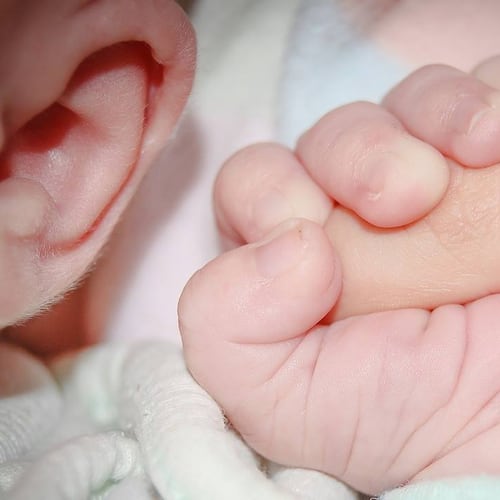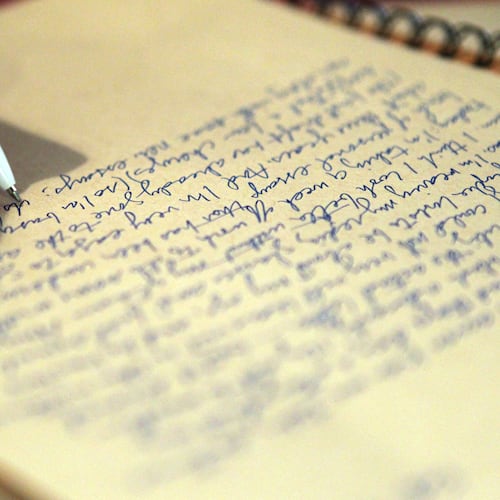In June, 30 cars pulled into the Black Hills National Cemetery near Sturgis, S.D., to lay a legendary Marine to rest. South Dakota Gov. Mike Rounds asked that flags be lowered across the state to half mast in tribute to Clarence Wolf Guts — the last surviving Lakota Sioux “Code Talker” of World War II. In September, one of the original Navajo “Code Talkers,” Allen Dale June, also passed away. While Navajo are the most known, 15 other Indian tribes were also involved in the top secret project that “unofficially” began in the trenches of World War I. Though declassified in 1968, their stories are little known.
Veterans Day falls in the middle of American Indian Heritage Month, but those men and others like Ira Hayes of the Pima tribe who helped raise the iconic flag on Iwo Jima and General Clarence Tinker of the Osage tribe, who was the first U.S. General killed in World War II, will sadly go unmentioned in U.S. classrooms.
Schoolchildren and teachers will instead discuss American Indians culminating with colonial Thanksgiving traditions. They might learn Benjamin Franklin chaired the first Indian Affairs Committee in Congress or that Thomas Jefferson regarded them as intellectual equals. American Indian Heritage Month is usually a few lessons in early Indian history, art and national tragedies. It’s important material, but then one of the most influential indigenous populations in history is placed back in the holiday closet until next year.
The Department of Defense is trying to change this. The DOD dedicates November to showcasing the unique and little-known legacy modern American Indians have brought to the armed forces.
Gen. Ulysses S. Grant opened the door for American Indians in the Civil War. New York Gov. Edwin Morgan had turned away Ely Parker’s (Seneca) Iroquois Volunteers, and War Secretary Simon Cameron said Parker’s ethnicity wouldn’t permit it. Grant got him appointed as an engineer and eventually made Parker his adjutant. Parker helped write the surrender documents at Appomattox and rose to become the first American Indian general in U.S. history. It wasn’t a one-sided experiment. The Cherokee’s Will Thomas Legion served with distinction in Gen. Jubal Early’s campaigns. Stand Watie, a Cherokee, also rose to the rank of Confederate general and was the last commanding officer to officially surrender.
Following the war, Alchesay, an Apache, and 11 other Indians received the Medal of Honor for their actions in the Indian campaigns. They quickly distinguished themselves on the battlefields as soldiers and Marines. Their unique combat abilities, tactics and survival skills that frustrated American soldiers for generations proved more frustrating for the nation’s enemies abroad.
The outbreak of WW I brought impassioned pleas from tribal chiefs to let American Indians serve. There were 12,000 in the ranks of the armed forces by the end of the war. They pushed aside broken treaties and 200 years of conflict and stunned this nation’s enemies with their patriotic service. Still, it wasn’t until 1924 that Congress granted American Indians U.S. citizenship.
More than 44,000 served in WW II. Lt. Ernest Childers (Creek), Lt. Van Barfoot (Choctaw) and Lt. Jack Montgomery (Cherokee) received Medals of Honor for their actions in Europe with the Army’s famed 45th Thunderbird Division. The Army Corps of Engineers’ Goingback Chiltoskey (Cherokee) helped create the raised relief maps used for the D-Day Invasion. Fellow tribesman Ting Rogers survived the infamous “Death March to Bataan” where fellow tribesman Jacob Cornsilk perished. Joseph Clark (Cherokee) was the first to graduate from Annapolis and achieve the rank of admiral in the U.S. Navy. Brumette Echohawk (Pawnee) became a legend training commandos in hand-to-hand combat.
In the Korean War, Capt. Raymond Harvey (Chickasaw), Corporal Mitchell Red Cloud (Ho-Chunk) and PFC Charles George (Cherokee) received Medals of Honor for their actions under fire. Military historians also point to the 90 percent volunteer rate of the 42,000 who served in the Vietnam War. The nation’s most decorated American Indian, 1st Lt. Pascal Poolaw (Kiowa) was killed in Vietnam with 42 decorations on a service record that reached back to World War II.
Their progeny equally serve today. On March 23, 2003, Army Spec. Lori Ann Piewesta (Hopi), who was the daughter of a Vietnam veteran, was the first American Indian woman to die in combat. Four months earlier to the day, U.S. Navy Commander John Herrington (Chickasaw) became the first American Indian astronaut, serving as flight engineer for the space shuttle Endeavor.
Most amazing, American Indians make up 1 percent of the U.S. population. These are names tribal historians would like known in classrooms this November. It’s time they are.
Ed Hooper is a military affairs writer based in Knoxville.
About the Author
Keep Reading
The Latest
Featured


